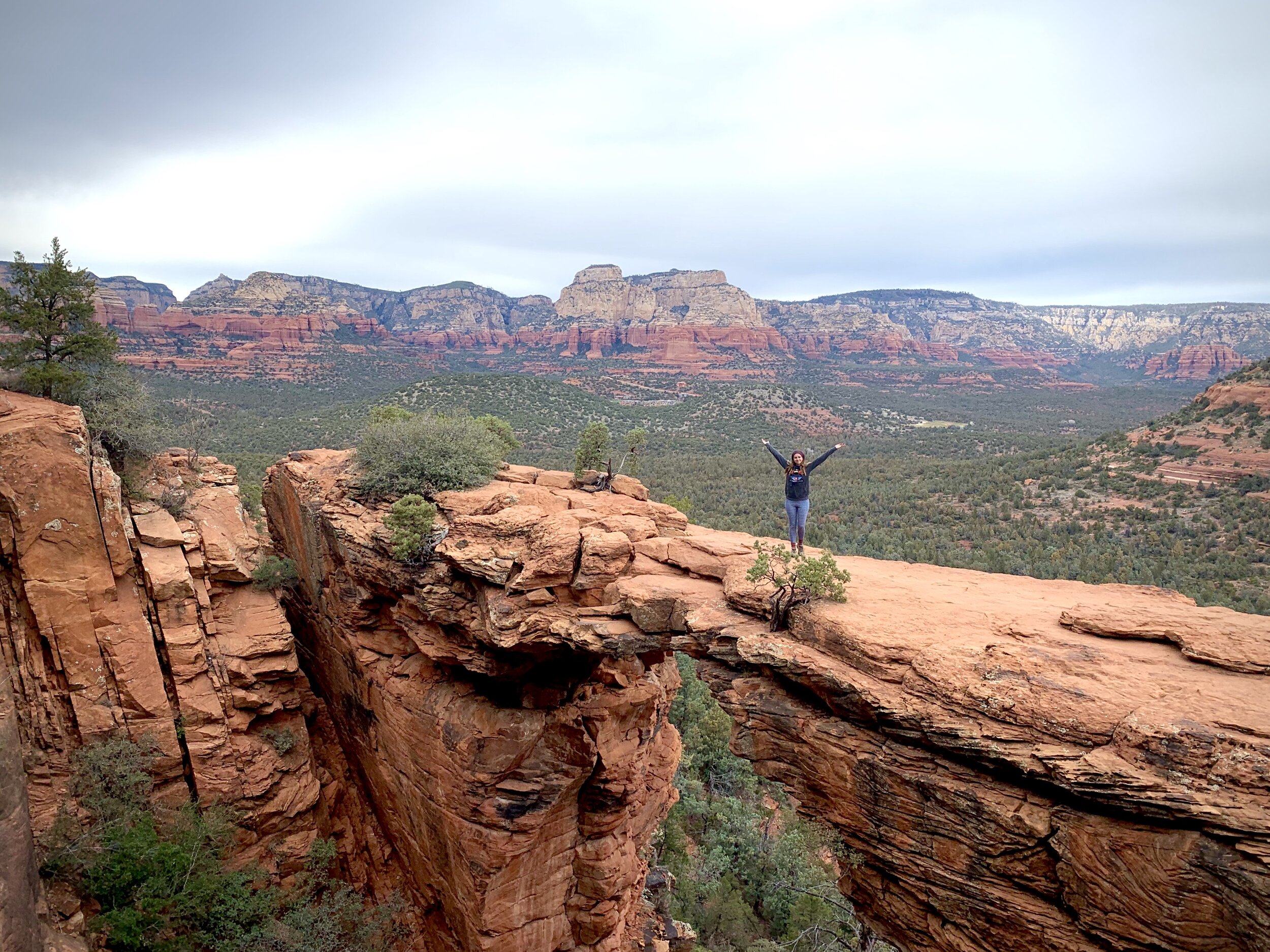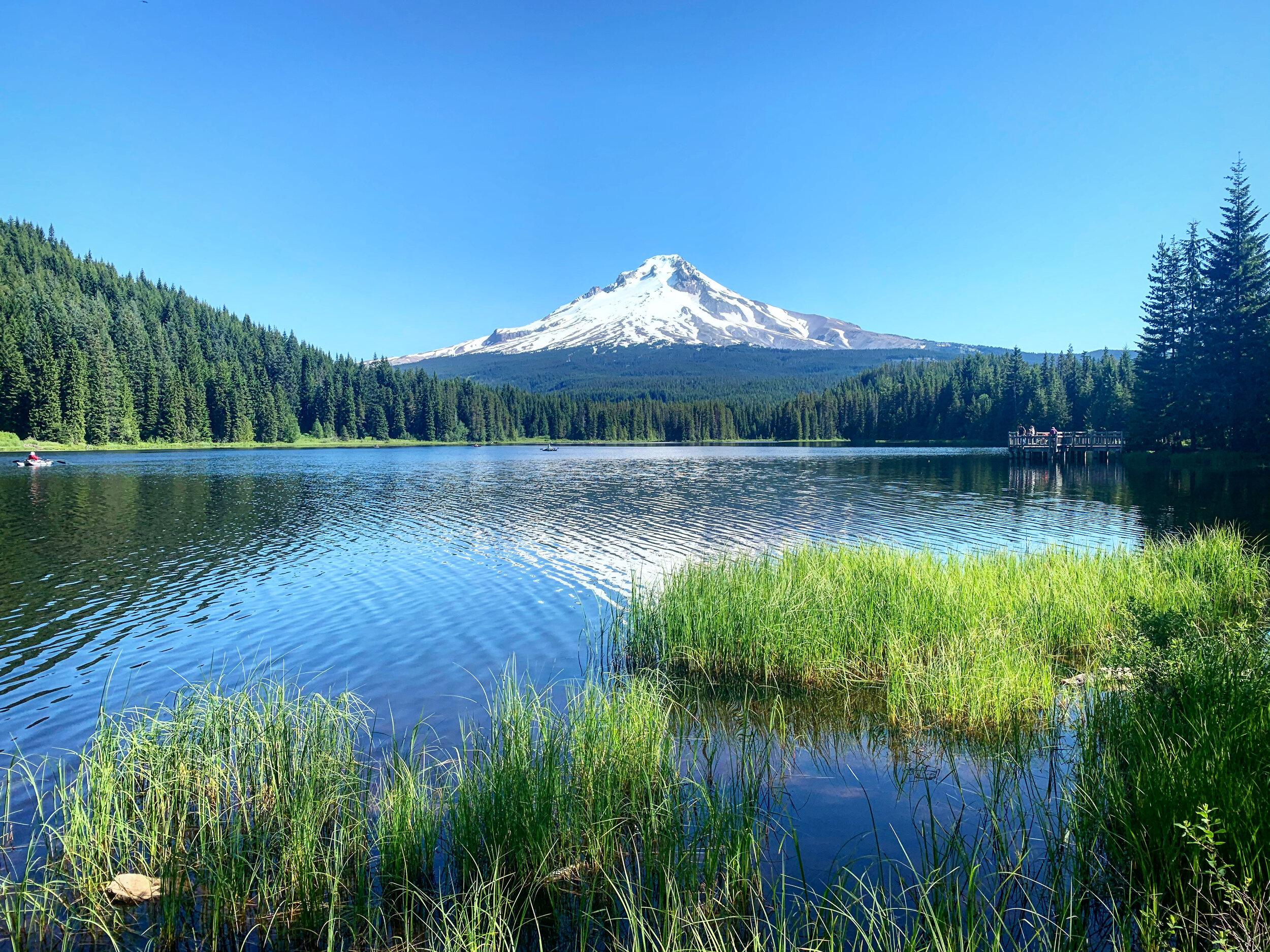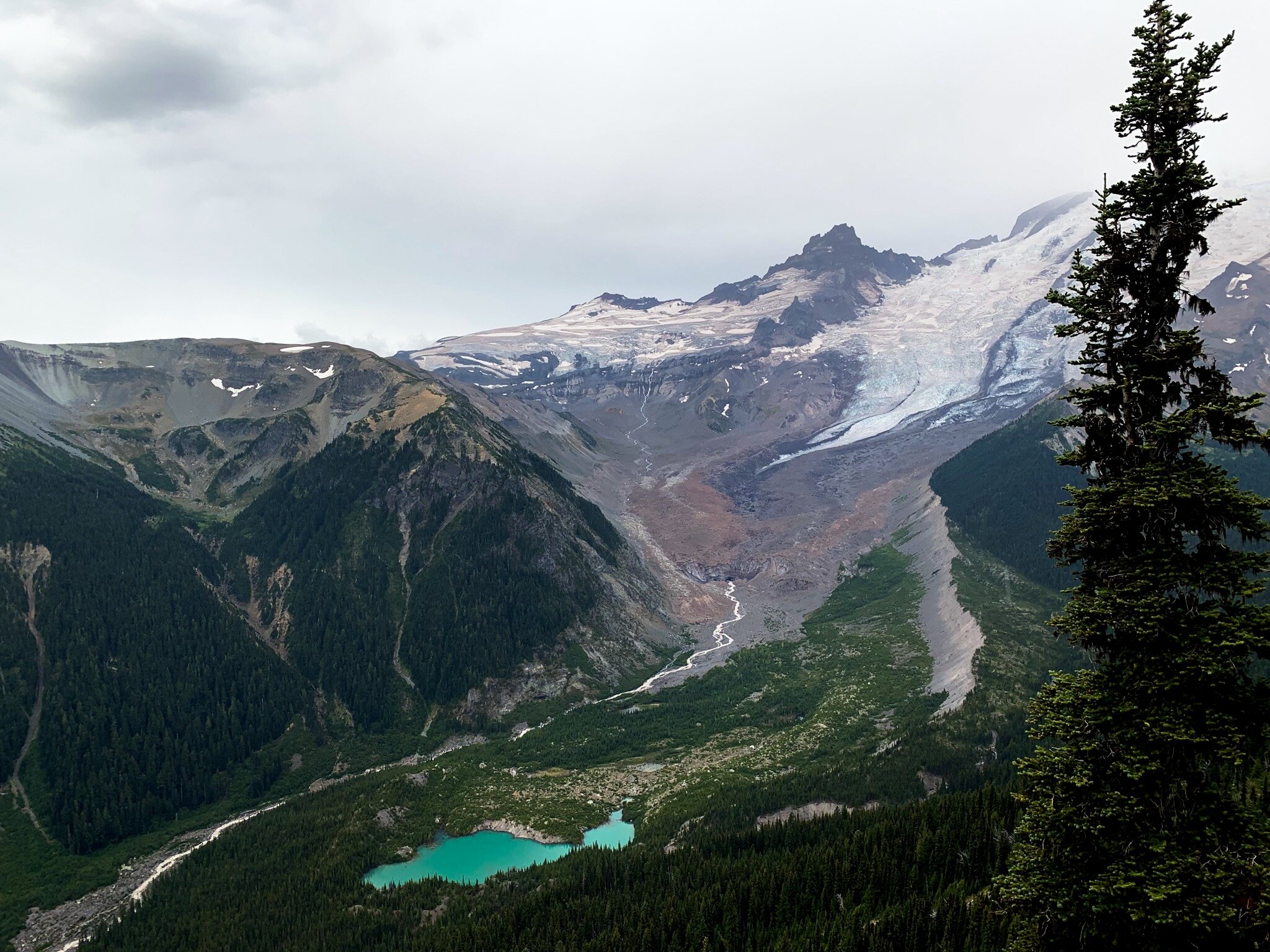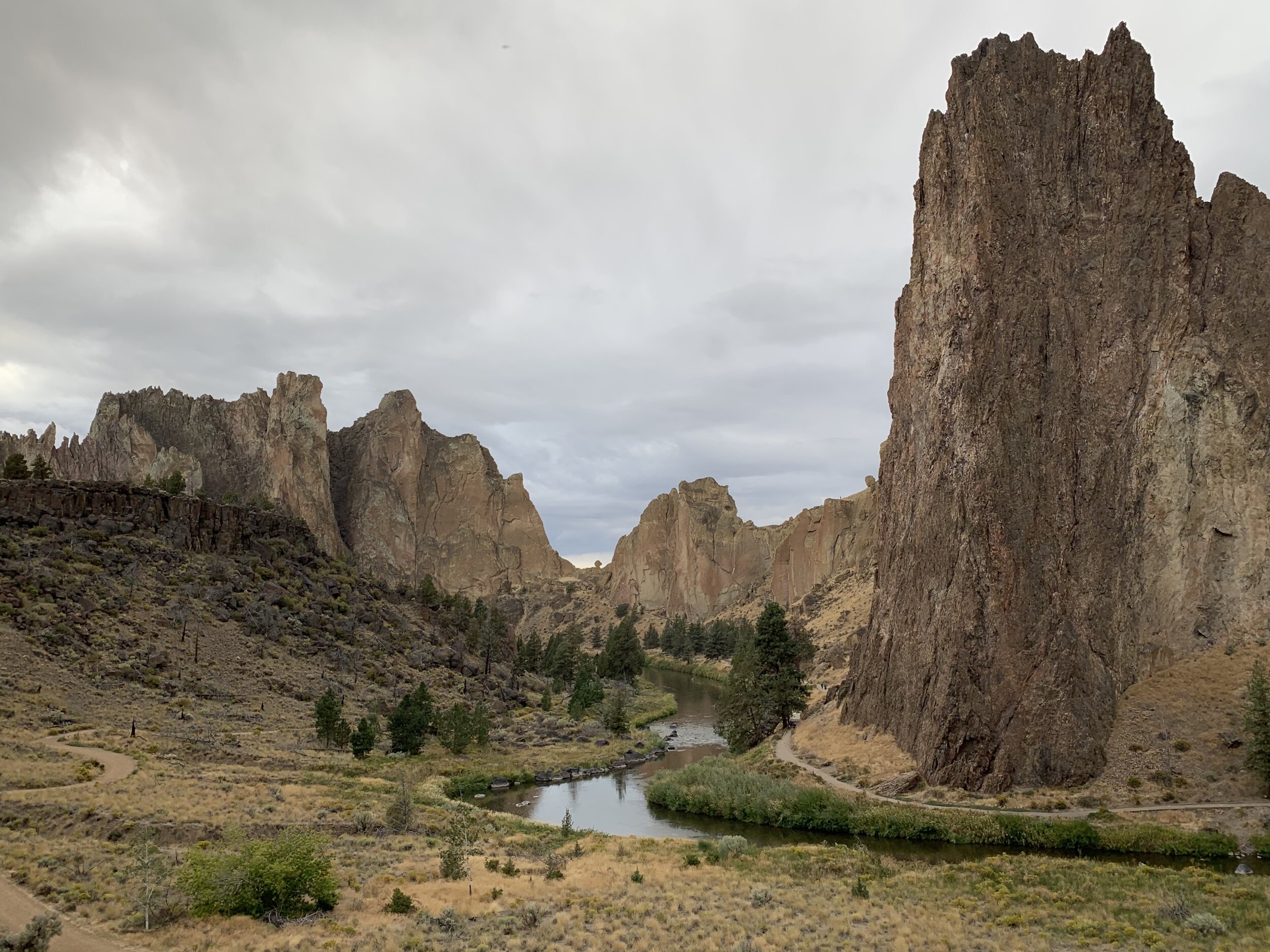PART TWO
Last week I started a new series to help people venturing out west for the first time decide where exactly they should visit in each state or region. This week, we’re heading a little further from the coast, and visiting three of the most underrated western states. So, pack your car, and get ready to drive, these spots are about to change your whole view of the west.
Sawtooth Mountains, ID
Idaho: Sawtooth Mountains
I have heard from other travelers that Idaho is only okay, but in my opinion, it is a place that needs to be on everyone’s bucket list, and here’s why: The Sawtooths. The Sawtooth Mountains are some of the most unique peaks in the Rockies, and they’re home to countless lakes, and some of the most expansive landscapes I’ve seen in this part of the country. There are tons of boondocking spots nearby, and the town of Stanley is adorable. There are even opportunities for you to go rafting or rent kayaks when in town. Even the park has beautiful views, and the hiking and backpacking in the mountains in unmatched.
Things to do:
Backpack to Sawtooth Lake
Kayak on Pettit Lake
Go find a hot spring
Idaho is the best hidden gem out west, so seriously, don’t knock it ‘til you hit the Sawtooths for the first time.
Nevada: Valley of Fire State Park
Nevada to me is the gateway to the Southwest from California, where I grew up. It is the first place to find red rocks, and one of the most underrated deserts in the country. I’ve picked Valley of Fire State Park as my first destination for people visiting Nevada because it’s beautiful, it’s a great way to see some of the state’s most beautiful landscapes, it’s fairly close to places like Vegas, and it has its own campground. It’s also very close to Lake Mead, which you can hit if you’re on your way to Arizona from here.
Things to do:
Drive the scenic road
Find some Petroglyphs (I like AtlAtl Rock for this)
Go on a hike (but bring lots of water)
Valley of Fire was actually once underwater, and is home to so many desert animals (including the biggest lizards I’ve ever seen). It’s definitely the best place to go if you’re trying to truly experience Nevada’s desert on a trip out west.
Arizona: Sedona
I easily could’ve picked the Grand Canyon for Arizona, but since everyone who visits Arizona goes here anyway, I thought I’d mix it up a little bit. Sedona is a town known for its spiritual energy, red rocks, and vanlife friendly facilities. It’s a popular vacation spot, and many people flock here to hike trails like Devils Bridge. But it’s really the best way to truly experience what the Arizona landscape can hold, and embrace the desert in its fullness. Sedona is a place full of love, beautiful sunsets, and endless hikes, and I think it’s a great idea for anyone wanting to spend a longer trip in Arizona (since the Grand Canyon can be seen in about 3 days or less).
Things to do:
Hike Devils Bridge
Go see the Hononki and Palatki Ruins
Meditate on Cathedral Rock (after the best hike in the area)
Sedona is a place that I personally could spend weeks in. There are so many hikes, so many famous rock formations, and so much to see. It’s also largely dog and van friendly. For first time Arizona goers, there’s no place better.
Want help planning your trip? Give me a call! Schedule a phone call with me to day at the link below!




























































































